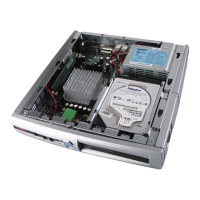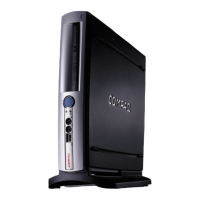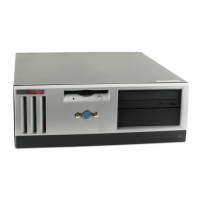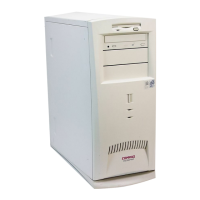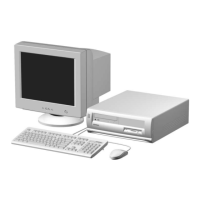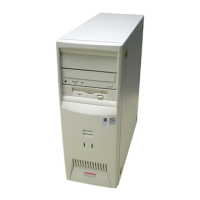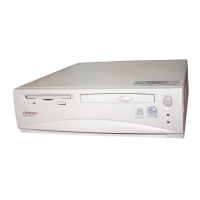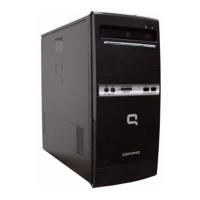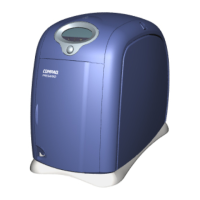2–14 Technical Reference Guide
System Features
MPEG audio is multi-channel digital audio, using lossy compression from original PCM format
with sample rate of 48 kHz at 16 bits. Both MPEG-1 and MPEG-2 formats are supported. The
variable bitrate is 32 kbps to 912 kbps, with 384 being the normal average rate. MPEG-1 is
limited to 384 kbps.
Linear PCM is uncompressed (lossless) digital audio, the same format used on CDs and most
studio masters. It can be sampled at 48 or 96 kHz with 16, 20, or 24 bits/sample. (Audio CD
is limited to 44.1 kHz at 16 bits.) There can be from 1 to 8 channels. The maximum bitrate is
6.144 MBps.
DVD Region Codes
After setting the DVD region (by playing a DVD video for the first time), the DVD region can be
changed four times; after that the DVD drive will only play DVD videos from the last DVD
region that was set.
CD-RW Technology
CD-RW drives use a technology known as optical phase-change. It does not use magnetic fields
like the phase-change technology used with magneto-optical technology. The media are
generally distinguishable from CD-R discs by their metallic grey color. The basic structure of the
discs, however, is the same as a CD-R disc but with significant detail differences. A CD-RW
disc’s phase-change medium consists of a polycarbonate substrate, moulded with a spiral groove
for servo guidance, absolute time information and other data, on to which a stack (usually
five layers) is deposited. The recording layer is sandwiched between dielectric layers that draw
excess heat from the phase-change layer during the writing process. In place of the dye-based
recording layer on a CD-R disc, CD-RW commonly uses a crystalline compound made up of a
mix of silver, indium, antimony and tellurium. This mix, when heated to a certain temperature
and then cooled becomes crystalline, but if heated to a higher temperature it becomes amorphous
when it cools down again. The crystalline areas allow the metallized layer to reflect the laser
light better while the non-crystalline portion absorbs the laser beam, and is therefore not
reflected.
CD-RW devices use three different laser powers to achieve these effects in the recording layer:
■
the highest, called ‘Write Power,’ creates a non-crystalline (absorptive) state on the
recording layer
■
the medium, ‘Erase Power,’ melts the recording layer and converts it to a reflective
crystalline state
■
the lowest, ‘Read Power,’ does not alter the state of the recording layer, so it can be used for
reading the data.
Regional Codes Region
1USA & Canada
2 Europe (excluding former USSR countries), Japan, Near East
(including Iran and Egypt), South Africa
3 South East Asia, South Korea
4 Latin America & Oceania (Australia, New Zealand)
5 Africa (excluding Egypt and South Africa), Eastern European
countries, Sub-Indian continent
6 China
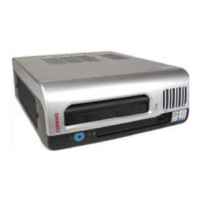
